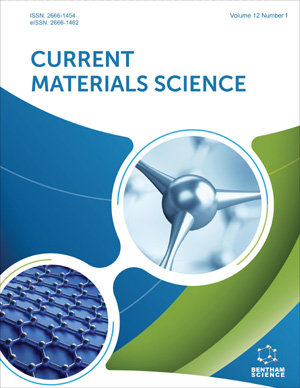Abstract
In this chapter, recent progress in the applications of tetrapyrrolic free-base as well as its metal complexes in dye-sensitized solar cells (DSSC) is summarized and analyzed. Though ruthenium(II) complexes are dominant in DSSC, but they have certain drawbacks to necessitate the design of alternative sensitizers. Based on absorption, thermal and redox properties, tetrapyrrolic compounds are found to be alternative sensitizers to ruthenium(II) complexes. Tetrapyrroles are broadly divided into three categories and they are porphyrins, phthalocyanines and corroles. Both porphyrins and phthalocyanines are good sensitizers to wideband-gap semiconductors. Two classes of porphyrins are defined by connecting position of anchoring groups either at meso- or at pyrrole-β. The effect of efficiency of DSSC device with substituents on porphyrin ring is reviewed. Phthalocyanines are another class of tetrapyrrolic compounds and they are less explored for DSSC applications due to aggregation and solubility of macrocycle in common organic solvents. New unsymmetrical phthalocyanines are designed based on ‘push-pull’ concept is analyzed. The possibility of application of corroles as sensitizers for DSSC is also reviewed.
Keywords: Corroles, porphyrins, phthalocyanines, sensitizers, tetrapyrroles.






















